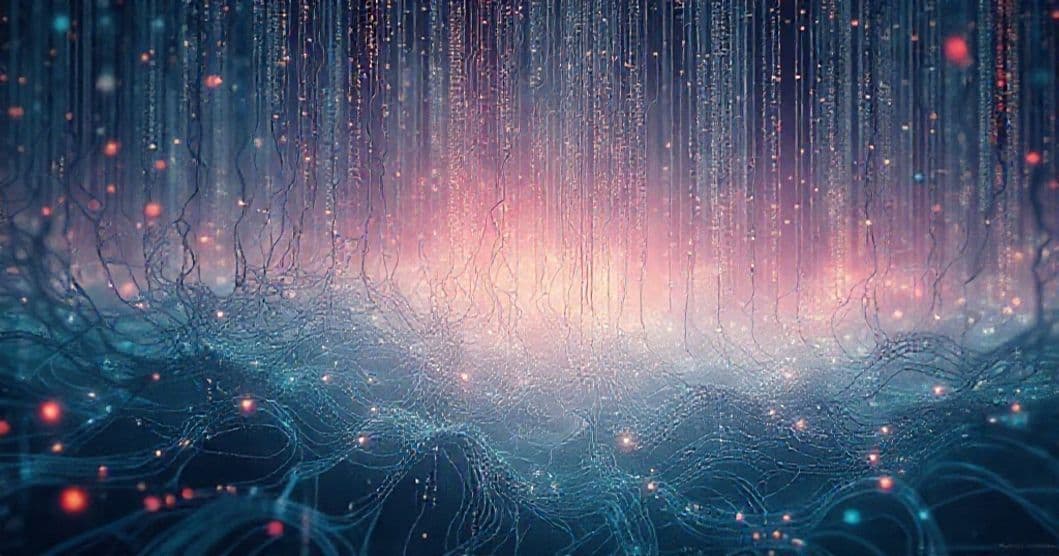Part 1: Dream Presentation
Dreams often bridge the mundane and the mystical, transforming the ordinary rhythms of our days into extraordinary narratives that mirror our inner lives. In this particular dream, the familiar world of spreadsheets—an emblem of professional life—collides with the ancient art of weaving, creating a symbolic landscape that reveals deeper truths about how we process work, identity, and connection.
In a dream that felt both urgent and surreal, I found myself confined within a stark, dimly lit cell—a relic of a post-apocalyptic world where technology had faded into memory. My only companions were the walls, cold and unyielding, and the heavy responsibility of my task: to weave a cloth that would contain the essence of every person in existence. Unlike the orderly rows of spreadsheets I navigated daily at work, this was a tactile, living medium—a vast expanse of fabric that I shaped with trembling hands, each thread a symbol representing a soul.
The world outside my cell was a shadow of what once was, its population reduced to hundreds rather than billions, a reminder of some cataclysmic loss. The currency here was not money but basic necessities: rice and socks, simple items that had become priceless in this barren realm. I was convinced that if I could complete the cloth, if I could prove that every individual was represented by their unique symbol, I would be freed to gather these essentials for my family. But others who visited my cell—strangers with hollow eyes and urgent expressions—could not see what I saw. They insisted I continue weaving, that the world was too vast to ever be fully captured, and their skepticism gnawed at my resolve.
Want a More Personalized Interpretation?
Get your own AI-powered dream analysis tailored specifically to your dream
🔮Try Dream Analysis FreeAs I worked, I noticed a curious transformation: the spreadsheets of my waking life, those grids of numbers and formulas that dominated my days, had morphed into this tangible, living cloth. The columns and rows I once scrolled through on a screen now existed as threads and patterns, each symbol a data point made flesh. I had never dreamed of computers in my sleep, only this ancient, almost primal act of weaving—a craft I associated with childhood arts and crafts rather than the digital precision of my profession. Yet here, in this dream, the very tools of my professional life had been reborn as something more visceral, more personal, more vulnerable. The tension between my need to be seen and understood, to prove the value of my work, and the others’ inability to perceive what I had created haunted the dream’s final moments, leaving me with a sense of both urgency and profound confusion as I woke to the quiet of my bedroom.
Part 2: Clinical Analysis
Symbolic Landscape: The Transformation of Data into Fabric
The central metaphor of spreadsheets transformed into woven cloth is rich with symbolic meaning. Spreadsheets, in waking life, represent order, categorization, and quantification—the tools of a professional who processes vast amounts of information daily. Weaving, by contrast, is an ancient, tactile practice tied to community, storytelling, and the physical expression of value. This transformation suggests the dreamer’s unconscious is reinterpreting digital work not as cold data but as something organic, personal, and communal. The
